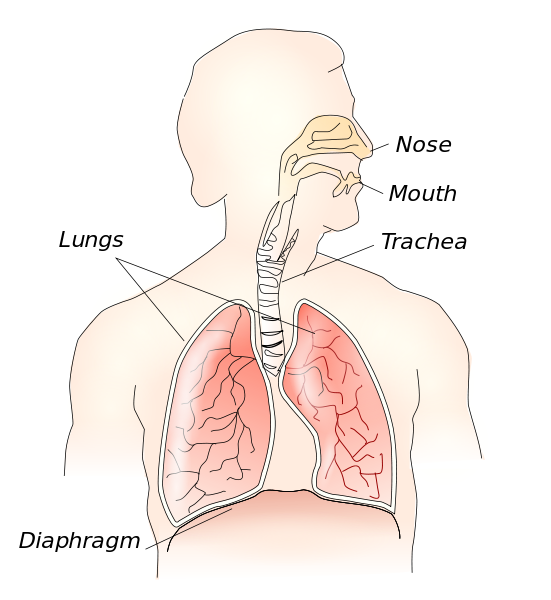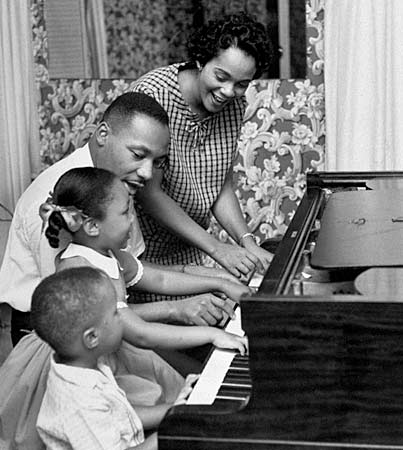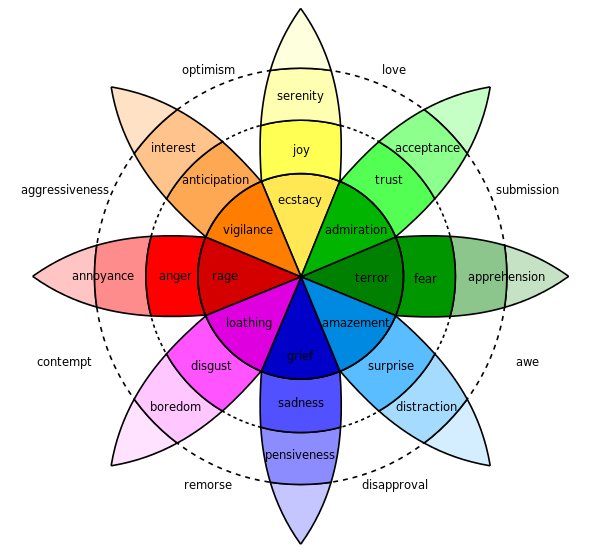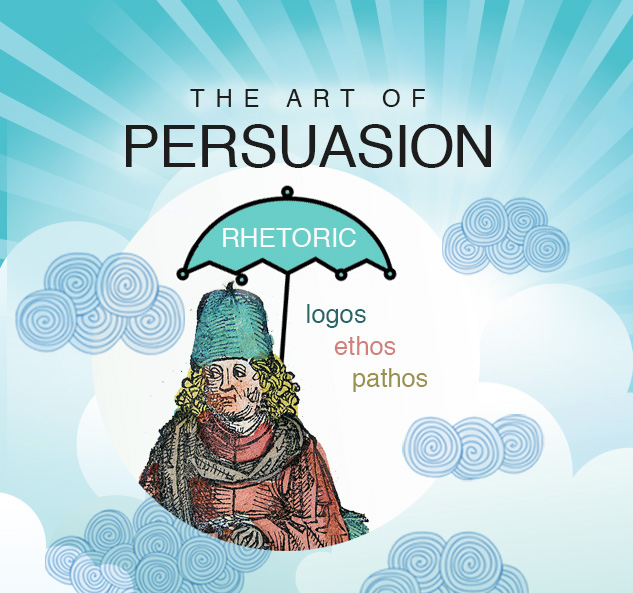Public Speaking: Two Quick Tips for Finding Your Natural Voice
A natural voice is a valuable asset when you speak in public. The sincerity, warmth and expression you convey through your voice underlie the persuasive power of your words. On the other hand, should you try to enhance your speaking …
Public Speaking: Two Quick Tips for Finding Your Natural Voice Read more »








